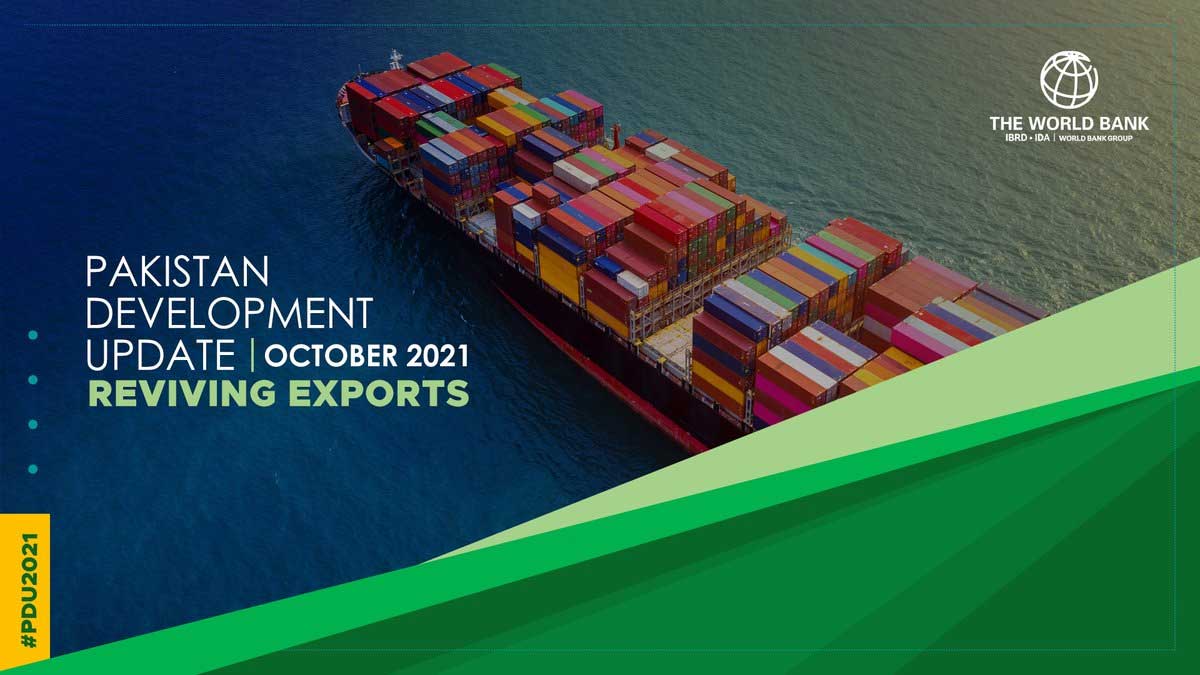Pakistan’s debt-to-GDP ratio will ease to 90.6% in the current fiscal year and to 89.3% in the next fiscal year 2022-23, projected World Bank.
The report of the World Bank titled, “Pakistan Development Update October 2021” says that “Bolstered by the recovery in the industry and service sectors and resultant off-farm employment opportunities, poverty incidence, measured at the international poverty line of USD 1.90 PPP 2011 per day, is expected to have declined to 4.8 percent in FY21 from 5.3 percent in FY20.”
Read more: Pakistan credit profile shows robust long-term GDP growth potential: Moody’s
About the debts, the report reveals that the total debt to GDP ratio which was 92.7 % in the fiscal year 2019-20 has come down. The public and publicly guaranteed debt fell to 90.7 % of GDP at the end-June FY21 which had stood at 92.7% at the end of June FY20. By the end of June FY21, external debt was 33.9 % of total public debt and short-term debt was 16.2%, indicating low rollover risk.
According to the report, Pakistan’s currency depreciated by 7.7 % against the US dollar during the first quarter of the current fiscal year. This depreciation of the rupee has implications for public debt. It has been said in the report that in the last fiscal year, the fiscal deficit (external grant) squeezed to 7.3 % of GDP from 8.1 % in the fiscal year 2019-20 as revenue growth, due to growing domestic activities exceeded higher expenditure.
It further says that in spite of good efforts, the deficit (excluding grants) is likely to be at 7.1% of GDP in the current fiscal year but may increase to 7.2 % in the coming fiscal year due to pre-election spending.
Due to the measures in the direction of revenue-enhancing reforms, including the harmonization of the General sales tax, it is expected that the fiscal deficit will reduce in the future. In “Pakistan Development Update October 2021”, it has been commented that the public debt will remain high in the medium as well country’s exposure to debt-related shocks.





















